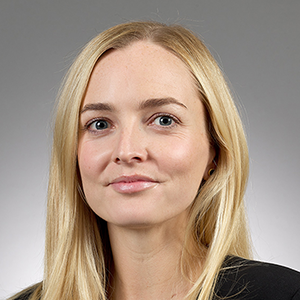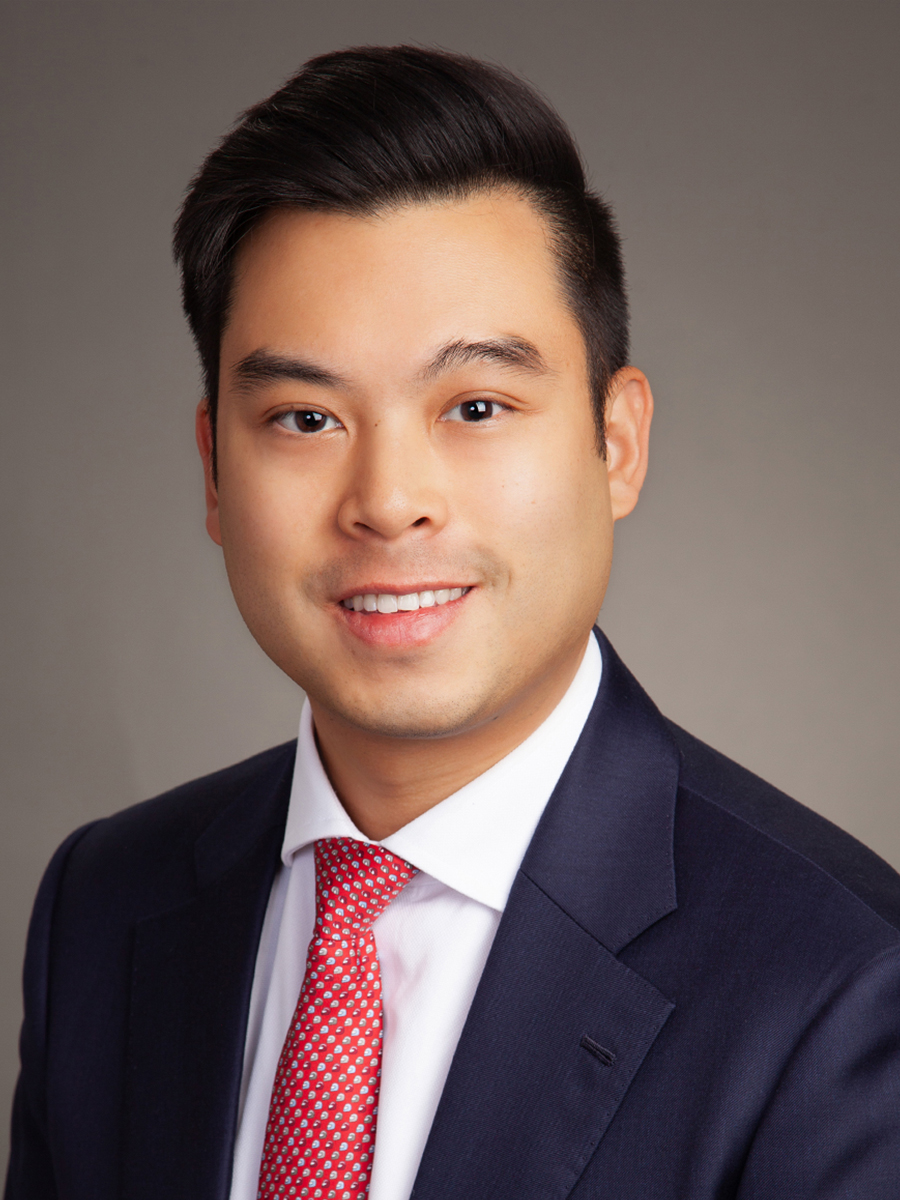
Responsible investing
We have instituted robust ESG due diligence procedures within each of our investment strategies to support sound investment decision-making and create compelling, risk-adjusted returns for our investors. ESG review is incorporated as standard in investment committee materials across all strategies and our investment teams utilize two key tools for ESG due diligence and monitoring and engagement.
See our ESG data insights for key datapoints from our ESG Manager Scorecard and RepRisk.


Our ESG processes are tailored for each of our investment strategies to support each team’s distinct approach to investing and the material ESG-related considerations for each strategy.



We continue to be excited about opportunities to develop targeted solutions and strategies as we look beyond ESG integration as the foundation of our program. Read more about these efforts in our featured insights:

[#] source




